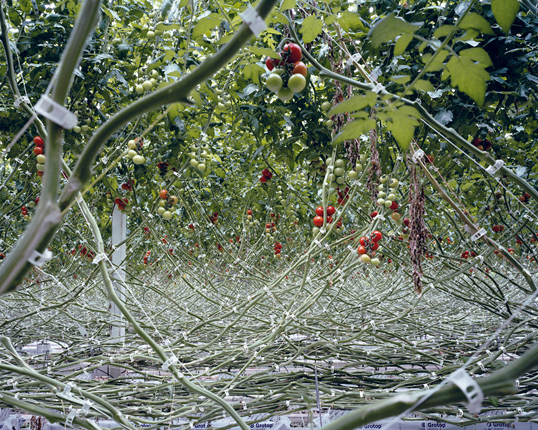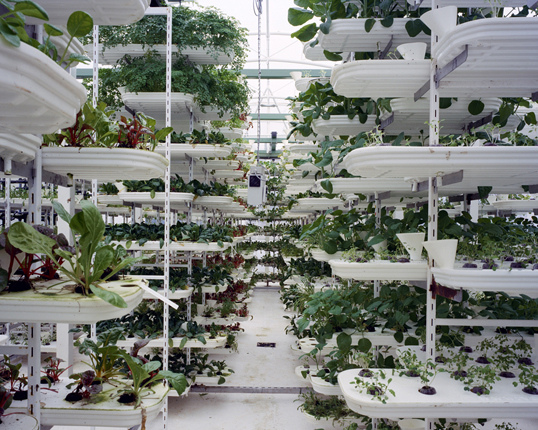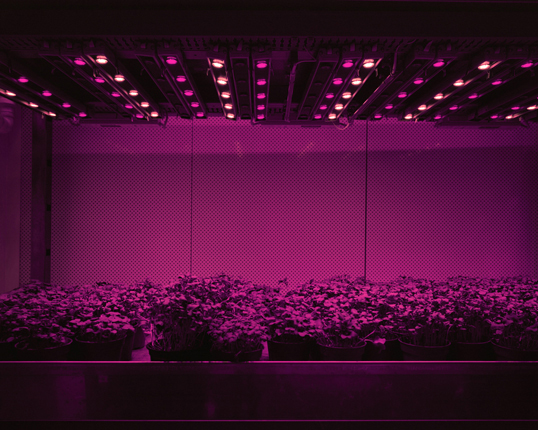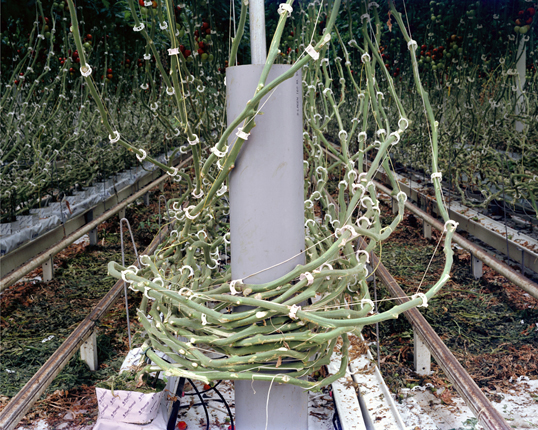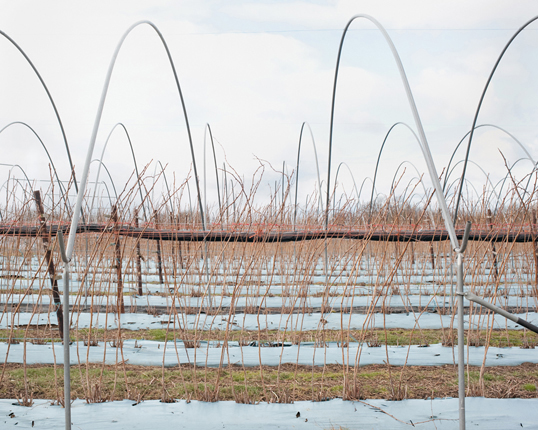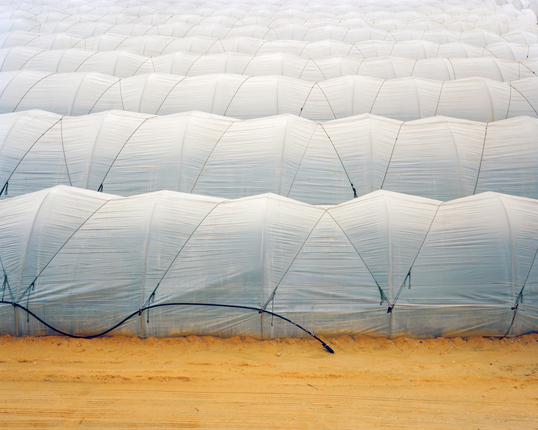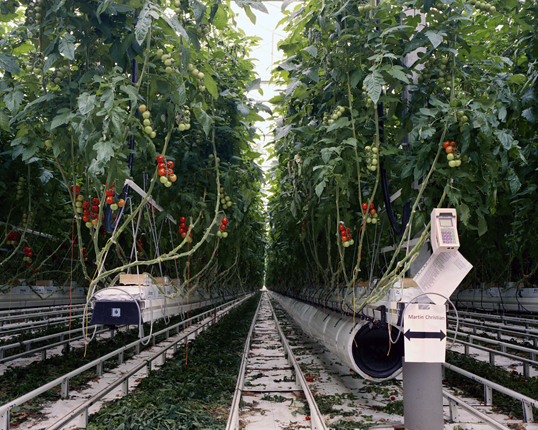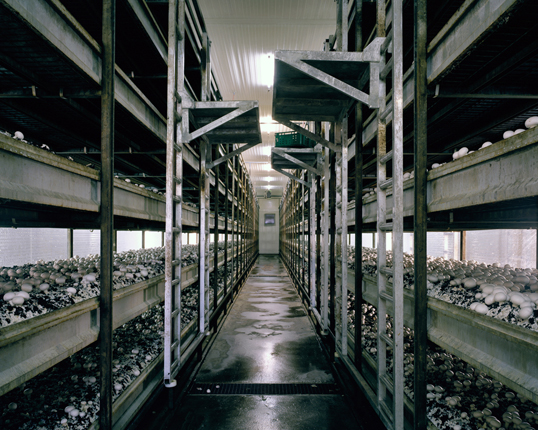Humans have cultivated the earth since thousands of years. At present about 40 percent of the world is farmland and used for agriculture.
The expectations on agriculture are today high and complex. Supermarkets and consumers demand increasingly lower prices, a higher quality and a better look of products. Fruits, vegetables and meat are to be of perfect colour, size, shape and taste. They should be available all year long, and ideally, be locally grown.
To remain competitive in a globalized market and to feed a growing population, farmers need to produce more on the same amount of land, without damaging the environment. They are advised to use the newest science and the latest technology.
As a result farms become bigger, more technical and highly computerized. Day and night, summer and winter, geographical locations slowly become insignificant. Not just plants, crops, fields and farms continue to change their appearance, but also the landscape of rural areas.
It is said that agriculture has changed in the last 40 years more than in 400 years. In Strawberries in Winter, I set off to capture the contemporary landscape of farming, reflecting upon where our food comes from and how it is produced.

